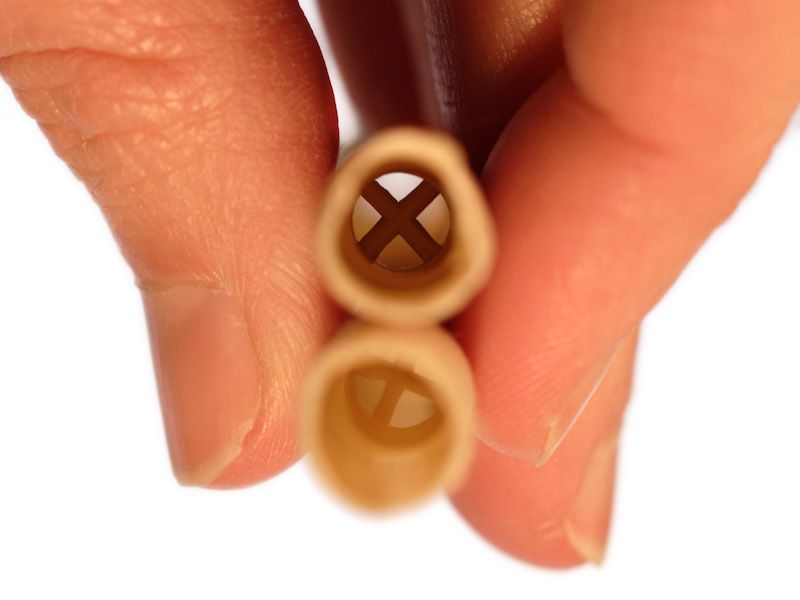
There’s a lingering belief in some circles that a practice called “ear candling” is a good way to minimize your earwax. What is ear candling, and is it effective?
Earwax Candles, do They Work?
Spoiler alert: No. No, they don’t.
Why then do otherwise rational people routinely accept in this pseudo-science. It’s hard to say with much precision. But the more you discover about earwax candling, especially the risks involved, the more likely you can develop an informed choice (even if the logical decision is pretty obvious).
What is Earwax Candling?
So the basic setup goes like this: Maybe you aren’t sure how to remove all your accumulated earwax. You’ve read that it’s risky to use cotton swabs to clear your earwax out. So you begin looking for a substitute and stumble on this technique known as earwax candling.
Earwax candling supposedly works as follows: You create a pressure differential by cramming the candle in your ear, wick side out. The wax in your ear, then, is pulled outward, towards the freedom of the open world. In theory, the pressure differential is enough to break up that might be clogging up your ear. But cleaning your ears this way can be dangerous.
The Reason Why Ear Candling Doesn’t Work
There are a number of issues with this process, including the fact that the physics simply don’t work. There’s just no way for a candle to generate that type of pressure differential (and in order to move earwax around, that pressure differential would have to be pretty substantial indeed). Also, a candle doesn’t have the kind of seal needed to maintain pressure.
Now, the candles used in these “procedures” are supposed to be special. When you’re finished with your fifteen minutes of ear candling, you can break apart the candle and, in the hollow, see all bacteria, debris, and wax that had previously been in your ear. The only problem is that the same debris shows up in both used and unused candles. So this “validation” is really nonsense.
Scientific analysis has never been able to prove any benefit associated with earwax candling.
So Earwax Candling Doesn’t Work, But is it Safe?
So, you may as well give it a try, right? Well, any time you get hot candle wax around your ears, you’re looking for trouble. You may be fine if you decide to try earwax candling. People do it all of the time. But there are certainly hazards involved and it’s certainly not safe.
The negative impacts of ear candling can include:
- You could cause serious harm when you mess around with an open flame and potentially even put your life in danger. You wouldn’t want to burn down your house, would you? It’s not worth the danger to attempt this useless technique of wax elimination.
- Severe burns to your inner ear. Extreme hearing issues and burns can be the outcome of getting hot wax in your ear. This could permanently compromise your hearing in the most extreme cases.
- Candle wax can also block up your ear canal after it cools. You could wind up temporarily losing your hearing or even needing surgery in severe cases.
You Don’t Require a Candle to Clean Your Ears
Most people will never truly have to be concerned about cleaning earwax from their ears. That’s because the human ear is essentially a self cleaning system. But you could be one of those people who have an abnormally heavy earwax production.
If it turns out that you have too much earwax there are practices that have been proven to work safely. You could try a fluid wash, for example. Another option would be to see a hearing care professional for an earwax cleaning.
You should continue to avoid cotton swabs. And open flames are not ok either. Earwax candling is a procedure that has no advantage and will put your ears, and your whole person, at considerable risk of damage and injury. So maybe it’s time to put those special candles away.